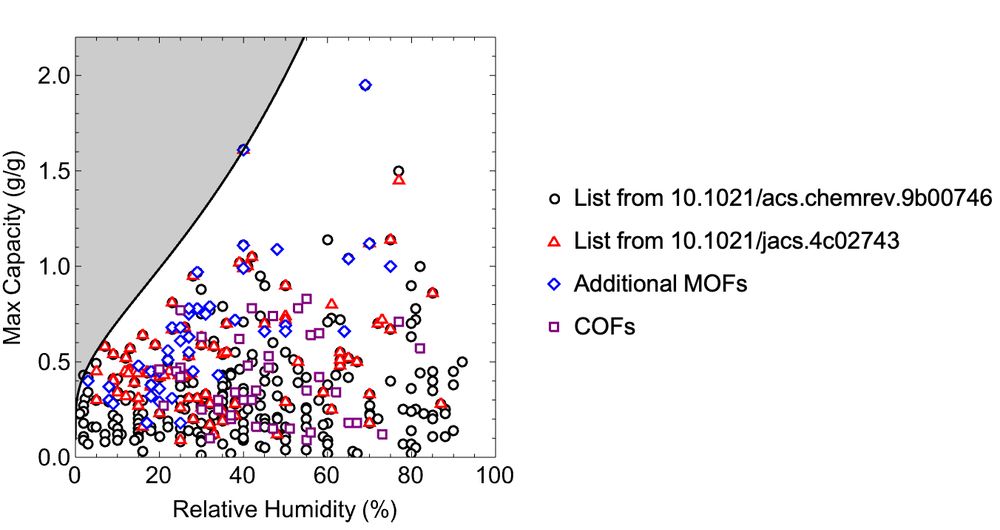
#3DED #microED #SynergyED
#3DED #microED #SynergyED
Discover the research behind the art 🔗: buff.ly/zbZRrQh
#ChemSky

Alice performed one of the most detailed studies of MOF ion conductivity, rationalizing trends in cation type, charge carrier conc., and vacancy sites based on structure.
pubs.acs.org/doi/10.1021/...

Alice performed one of the most detailed studies of MOF ion conductivity, rationalizing trends in cation type, charge carrier conc., and vacancy sites based on structure.
pubs.acs.org/doi/10.1021/...
Cr-red-MOF-1: doi.org/10.26434/che...

Cr-red-MOF-1: doi.org/10.26434/che...
We show that the asymmetric isomer of IRMOF-74-II forms a porous material with the local structure of a MOF-74 (such as maintaining open metal sites), but lacks global order.
pubs.rsc.org/en/content/a...

We show that the asymmetric isomer of IRMOF-74-II forms a porous material with the local structure of a MOF-74 (such as maintaining open metal sites), but lacks global order.
pubs.rsc.org/en/content/a...
...unfortunately it is just NaHCO3
Not modulated like Na2CO3 (doi.org/10.1107/S010...)

...unfortunately it is just NaHCO3
Not modulated like Na2CO3 (doi.org/10.1107/S010...)

Very excited that @esvenssongrape.bsky.social finally reveals the crystal structure of carmine by #3DED!
pubs.acs.org/doi/10.1021/...

Very excited that @esvenssongrape.bsky.social finally reveals the crystal structure of carmine by #3DED!
pubs.acs.org/doi/10.1021/...
www.nature.com/articles/s41...

www.nature.com/articles/s41...
pubs.acs.org/doi/10.1021/...

pubs.acs.org/doi/10.1021/...
Karla is now doing a PhD with Paul Chirik at Princeton. Keep an eye on her work in the future!
pubs.acs.org/doi/10.1021/...

Karla is now doing a PhD with Paul Chirik at Princeton. Keep an eye on her work in the future!
pubs.acs.org/doi/10.1021/...
pubs.acs.org/doi/10.1021/...

pubs.acs.org/doi/10.1021/...

Fresh from the press, our #MOFs #design review in Advanced Materials provides basic and advanced knowledge to design porous materials.
We curated beautiful examples to illustrate state of the art strategies, and we hope you'll like it!!
onlinelibrary.wiley.com/doi/10.1002/...
Fresh from the press, our #MOFs #design review in Advanced Materials provides basic and advanced knowledge to design porous materials.
We curated beautiful examples to illustrate state of the art strategies, and we hope you'll like it!!
onlinelibrary.wiley.com/doi/10.1002/...
Read the preprint here: doi.org/10.26434/che...

Read the preprint here: doi.org/10.26434/che...
sites.mit.edu/oppenheim/wa...
A fairly comprehensive database of MOF and COF water sorption parameters (including capacity, RH, reference, and pore sizes). As used in our recent paper: doi.org/10.1021/jacs...

sites.mit.edu/oppenheim/wa...
A fairly comprehensive database of MOF and COF water sorption parameters (including capacity, RH, reference, and pore sizes). As used in our recent paper: doi.org/10.1021/jacs...


